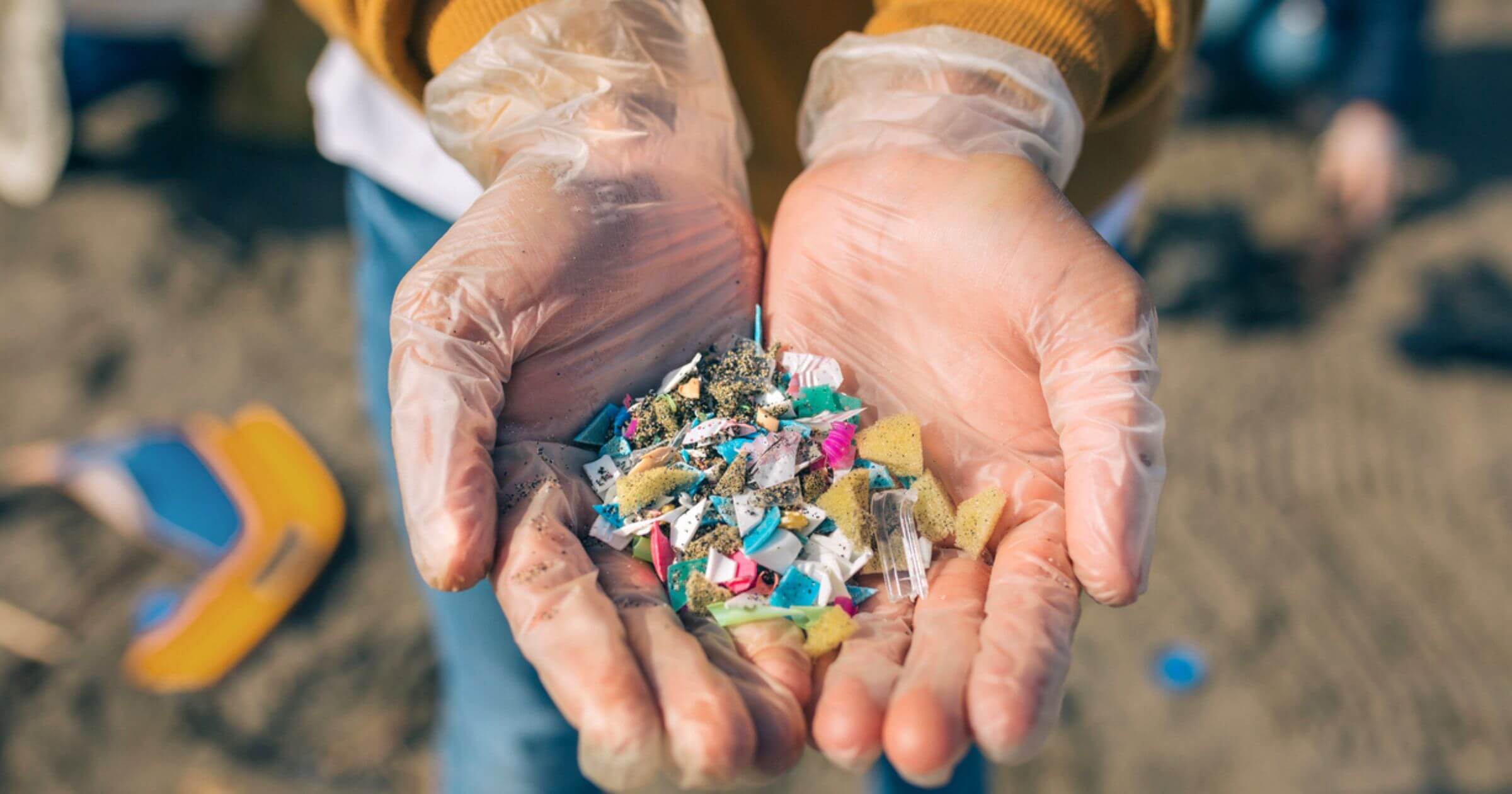
### Japanese Innovation Confronts Ocean Plastic Pollution with Groundbreaking Plastic Technology
Researchers in Japan have developed a revolutionary material that holds the potential to change the tide in the battle against plastic pollution. This novel substance, created at the **RIKEN Center for Emergent Matter Science**, merges the durability and toughness of standard plastics with the capability to completely dissolve in seawater, tackling one of the most enduring environmental issues: ocean microplastic pollution.
This innovation offers hope for a world burdened by single-use plastics, which frequently persist in landfills or degrade into small particles known as microplastics, causing significant harm to marine ecosystems and infiltrating the food chain.
—
### **An Innovation in Plastic Development**
The challenge presented by conventional plastics has always been this: developing a material strong enough for practical applications usually means it will remain in the environment for centuries. On the other hand, biodegradable plastics often compromise strength for the sake of compostability and ecological friendliness, rendering them poor substitutes for various uses.
What distinguishes this new plastic is its **distinct molecular structure**, which successfully combines the advantages of both types. The team, led by **Takuzo Aida**, has engineered a framework based on **reversible cross-linked salt bridges**—chemical links that maintain the integrity of the material under normal circumstances, providing the robustness and flexibility associated with traditional plastics. However, when in contact with seawater, these salt bridges decompose in a controlled way, allowing the plastic to break down safely without producing harmful microplastics. The breakdown products, including a widely used food additive known as **sodium hexametaphosphate**, can be consumed and metabolized by marine microorganisms, rendering the material entirely harmless to the environment.
“While it has been assumed that the reversible nature of the bonds in supramolecular plastics would result in weakness and instability,” states lead researcher Aida, “our new materials prove to be just the contrary.”
—
### **An Intricate Manufacturing Method**
The production of this groundbreaking material depends on a precisely coordinated manufacturing procedure, which features a crucial step termed **desalting**. In the production process, the essential constituents of the material—like hexametaphosphate and guanidinium-based molecules—are combined with water. This combination separates into two distinct layers: a dense, viscous layer holding the structural components, and a aqueous layer filled with salt ions.
The desalting stage is vital. If the salt ions remain in the mixture, the final product becomes fragile and impractical. The careful desalting procedure guarantees that the plastic is produced with a strong, flexible structure while maintaining its controlled degradability in seawater.
—
### **Flexible and Highly Recyclable**
In addition to its ecological advantages, this state-of-the-art material boasts impressive versatility. By adjusting its chemical makeup, scientists can create plastic variants with characteristics ranging from **sturdy, scratch-resistant surfaces** ideal for packaging or construction to **soft, rubber-like materials** appropriate for items like seals or gaskets. Notably, this plastic’s strength competes with, and in some instances surpasses, that of traditional petroleum-based plastics.
The material also operates like conventional **thermoplastics**, meaning it can be melted and reshaped at temperatures exceeding 120°C, allowing for extensive applications in industry.
Even more intriguing is its recyclability. Laboratory assessments indicate that **91% of the sodium hexametaphosphate and 82% of the guanidinium** forming the plastic’s base can be recovered and repurposed after the material dissolves. This high recovery rate is crucial for achieving a **circular plastics economy**, where materials are perpetually reused rather than discarded.
In soil tests, the plastic shows exceptional biodegradability, fully decomposing in just **10 days**. Even more impressively, its decomposition not only avoids environmental damage but adds value—acting as a nutrient-rich fertilizer for plants, further integrating the material into natural ecological processes.
—
### **A Sustainable Future for Plastics**
This innovation represents much more than the launch of a biodegradable plastic. It provides a framework for developing materials that find equilibrium between human utility and ecological harmony. By tackling significant issues such as the strength-degradability balance, microplastic generation, and material recycling, the RIKEN team has produced a material that could transform the future of plastic usage and manufacturing.
As industries around the globe pursue more sustainable strategies to address pollution, this Japanese innovation stands as a powerful illustration of how advanced scientific efforts can confront some of our most intricate environmental dilemmas. The transition towards environmentally compatible materials is not merely a technical advancement—it is a fundamental shift that may pave the way for a cleaner, more sustainable relationship between humanity and the planet.
—
### **Glossary**
– **Supramolecular Plastics**: Polymers bound by reversible and dynamic interactions between molecules rather than conventional permanent chemical bonds. These allow distinct properties like self-healing and controlled disassembly in specific environments.
– **Salt Bridges**: Chemical connections that offer stability to the plastic but are intended to disintegrate when exposed to marine conditions, facilitating degradation.
– **Microplast